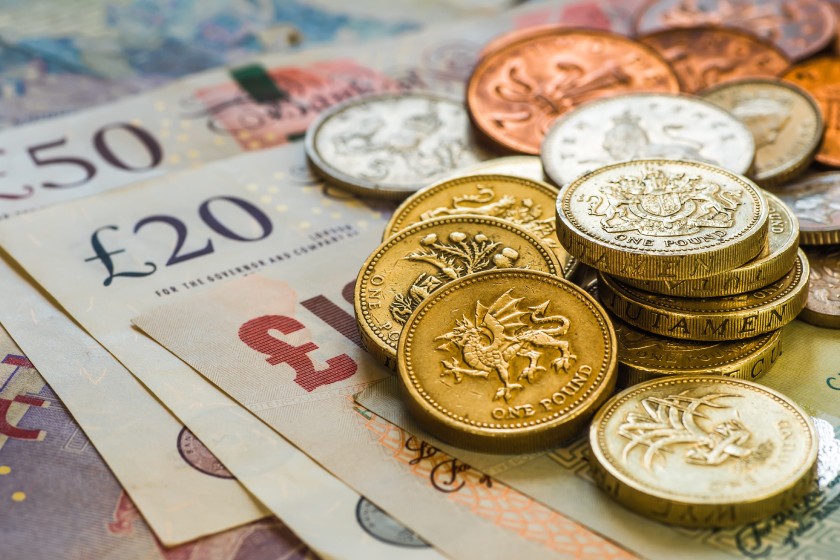AML Conference Online: Preview
The Institute of Financial Accountants is hosting the inaugural AML Conference Online on 21 May. The one-day virtual...
READ MORE
Derek is 62 years old and retired, although he successfully sold his own business, he would not classify himself as being overly intelligent however, he would quietly compliment himself on his ability to plan for the future. He did so by engaging with an expert. Derek sought and hired a financial adviser and received on-going advice over the years and as they say, the rest in history!

After paying a lifetime of taxes and contributing to society, Derek’s main goal was to have a tax-efficient income in retirement and his target (net) income at this point in his retirement was £50,000.
Derek’s assets are as follows:
|
Asset |
Value |
|
Self-Invested Personal Pension (SIPP) |
£800,000 |
|
Main residence |
£600,000 |
|
Buy-to-let property |
£300,000 |
|
ISA portfolio |
£250,000 |
|
General Investment Account (GIA) |
£150,000 |
|
Venture Capital Trust (VCT) |
£100,000 |
|
|
|
Pension
Derek had always saved for his retirement and taken advice to pay as much in as he could during his working career. He had a and a balanced investment strategy. As he is over age 55, 25% (£200,000) of Derek’s pension can be taken as tax-free cash, and the remaining 75% (£600,000) of his pension can remain invested within the pension fund. He will only pay income tax at his marginal rate if and when he decides to draw income from the fund. At this stage Derek decides that he would like to take £20,000 per year of his tax-free cash over the next 10 years which takes him to age 72.
Buy-to-let property
Derek invested into a buy-to-let when he sold his business. He understood that property is not a liquid asset and he has good long-term tenants. The rental income is £15,000 per annum. Income tax is chargeable on the rent received; however he is able to utilise his allowances. The first £1,000 of his income from property rental is tax-free (correct as of 2022/23 tax year). This is known as your ‘.’ He then utilises his ‘of £12,570 (correct as of 2022/23 tax year) and therefore his liability to income tax is £286 (£15,000 - £12,570 - £1,000 = £1,430 x 20%).
Individual Savings Account (ISA) portfolio
After taking advice nine years ago, Derek started to save in a managed investment portfolio ISA. ISAs are tax-exempt environments where assets can grow free of any taxes and no tax relief is given on the way in but is not taxed on the way out.
Derek started with £20,000 and continued to contribute the maximum allowance of £20,000 (per tax year) into his ISA each year. His ISA achieved an annualised gross return of 5% per year. Now in retirement he likes to take 5% (£12,500) per year as income. If his fund continues to achieve an annualised return of 5% then his capital is not eroded. There is no income or capital gains tax due when withdrawing funds from an ISA.
General Investment Account (GIA)
Unlike Derek’s ISA, his GIA is taxable. If he took income from the funds this would attract income tax, and on selling investments he may be liable to capital gains tax (CGT) if the gain in any tax year exceeds his annual allowance which is currently (ignoring any losses he may have made previously). This allowance is correct as of the 2022/23 tax year and will be changing 2023/24. His investment strategy is growth orientated. In this tax year he decides to take £7,500 from his GIA to supplement his income and there will be no CGT due.
Venture Capital Trust (VCT)
Primarily, Derek implemented a VCT strategy so he could benefit from the 30% income tax relief on the amount he invested, again at the time he sold his business. He has held all of his VCT shares for more than five years which is the minimum period he must hold his shares to keep his income tax relief. His attention has now turned to the tax-free dividends that he receives from the VCT fund. Dividends are variable but he currently receives 5% which is £5,000 a year. In the future, all gains (if any) from selling his VCT shares are exempt from CGT.
Derek’s income tax position
|
Asset |
Income per year |
Tax paid |
|
Pension (tax-free cash) |
£20,000.00 |
£0 |
|
Buy-to-let property |
£15,000.00 |
£286 |
|
ISA portfolio |
£12,500.00 |
£0 |
|
General Investment Account (GIA) |
£7,500.00 |
£0 |
|
Venture Capital Trust (VCT) |
£5,000.00 |
£0 |
|
Total income (gross) |
£60,000 |
£286 |
|
Derek’s net income is £59,714 per annum and he hopes to maintain this position over the following nine years. |
||
Along with the tax efficient income, Derek likes the flexibility of being able to take more - or less - income if circumstances of life permit. The planning does not stop here for Derek as he could consider any of the following: